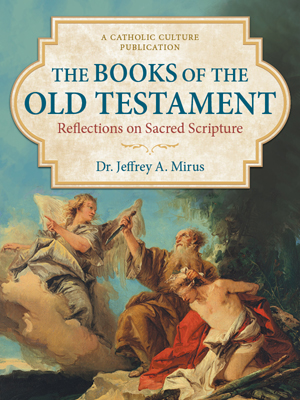Abuse scandal’s total cost: over $3 billion since 2004
May 25, 2016
The clerical abuse scandal cost American dioceses and religious orders $141,283,794 between mid-2014 and mid-2015, according to a report released by the United States Conference of Catholic Bishops (USCCB).
67% those funds were allotted to settlements ($87.1 million) and therapy for abuse victims ($8.8 million). The remaining funds were spent on attorneys’ fees ($30.1 million), support for offenders ($11.5 million), and other costs ($3.8 million), according to the 2015 “Report on the Implementation of the Charter for Protection of Children and Young People.”
These expenses brought the total cost of the clerical abuse scandal to American dioceses and religious institutes between 2004 and mid-2015 to $3,036,913,024, according to the data in the current report and previous reports. That figure does not include expenses incurred in lawsuits that were settled prior to 2004.
The report added that dioceses, eparchies, and religious orders spent an additional $49,066,005 for child protection efforts in 2014-15—a 70% increase from the previous 12-month period.
The report stated that “between July 1, 2014, and June 30, 2015, 838 survivors of child sexual abuse by clergy came forward in 123 Catholic dioceses and eparchies with 903 allegations … The abuse was purported to have occurred from the 1940s to the present.”
64% of the allegations involved priests who had already been accused of abuse, and 80% involved priests who were “deceased, already removed from ministry, already laicized, or missing.”
Twenty-six of the allegations involved abuse that allegedly took place during the 2014-15 time period. “Of those, seven were substantiated, nine were still under investigation, nine were unsubstantiated or unable to be proven, and four were deemed to be behavior not rising to the level of abuse but categorized as ‘boundary violations,’” according to the report.
The report added:
There were 140 new allegations received by dioceses or eparchies between July 1, 2014, and June 30, 2015 that were unsubstantiated or determined to be false by June 30, 2015. In addition, forty allegations received prior to July 1, 2014, were unsubstantiated or determined to be false between July 1, 2014, and June 30, 2015 … Religious institutes reported 39 new allegations that were unsubstantiated or proven to be false by June 30, 2015. In addition, eight allegations received prior to July 1, 2014, were unsubstantiated or proven to be false between June 30, 2014, and July 1, 2015.
81% of those who alleged abuse by diocesan clergy and 78% of those who alleged abuse by religious-order clergy were male. The abuse typically took place between the ages of 10 and 14.
The authors of the report criticized the Diocese of Lincoln and five other ecclesiastical jurisdictions for not taking part in an audit that measures compliance with the USCCB’s 2002 Dallas charter. The other jurisdictions are the Personal Ordinariate of the Chair of St. Peter and the Eparchies of St. Peter the Apostle, Our Lady of Deliverance of Newark for Syrians, Our Lady of Nareg for Armenians, and Stamford for Ukrainians.
“We are pleased to know that the Diocese of Lincoln intends to participate in next year’s audit and to date, all but one of the eparchies have requested to be added to the schedule for an audit in 2016,” the report added.
Francesco Cesareo, chairman of the USCCB’s lay National Review Board, warned the bishops against complacency:
The progress the Church has made through the efforts of the bishops can, however, foster a false sense of security and lead to complacency. Such complacency can lead to a minimalist approach to the Charter, which can be seen simply as a series of requirements that need to be checked-off, as opposed to an implementation that renders the Charter fully operative.
This was evident in the fact that while every diocese has a diocesan review board, thereby complying with the Charter’s requirement, in some cases the diocesan review board rarely meets or had not met in several years. Similarly, in some dioceses background checks are done once with no follow-up rescreening after several years have passed. While all of the dioceses audited have policies in place, in some instances those policies have not been updated to reflect revisions that have been made to the Charter. These are examples of how easy it is to become complacent, which opens the possibility for problems to occur that could have been prevented.
For all current news, visit our News home page.
Further information:
- USCCB’s Office Of Child And Youth Protection Issues 2015 Annual Report (USCCB)
- Full text of report (USCCB)
All comments are moderated. To lighten our editing burden, only current donors are allowed to Sound Off. If you are a current donor, log in to see the comment form; otherwise please support our work, and Sound Off!
-
Posted by: Randal Mandock -
May. 28, 2016 1:04 AM ET USA
A cursory glance over the report reveals the following. The majority (78-81%) of abuses were male on male. Significant percentages (16-24%) of the victims were younger than age 10. A lower percentage of offenses occurred prior to Vatican II (16-17%) than after (68-70%). A much lower percentage of offenses occurred in dioceses and eparchies prior to 1960 (6%) than after (79%). Nearly 2/3 (61-64%) of perpetrators had prior allegations. The word "homosexual" does not appear in the report.







